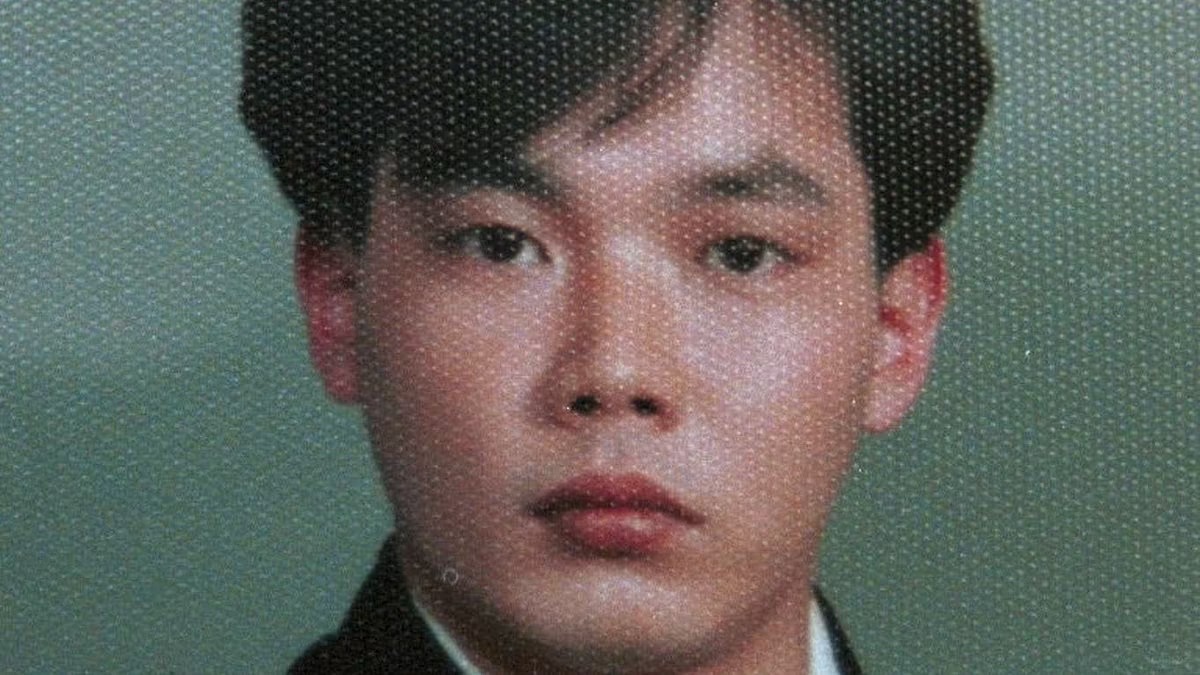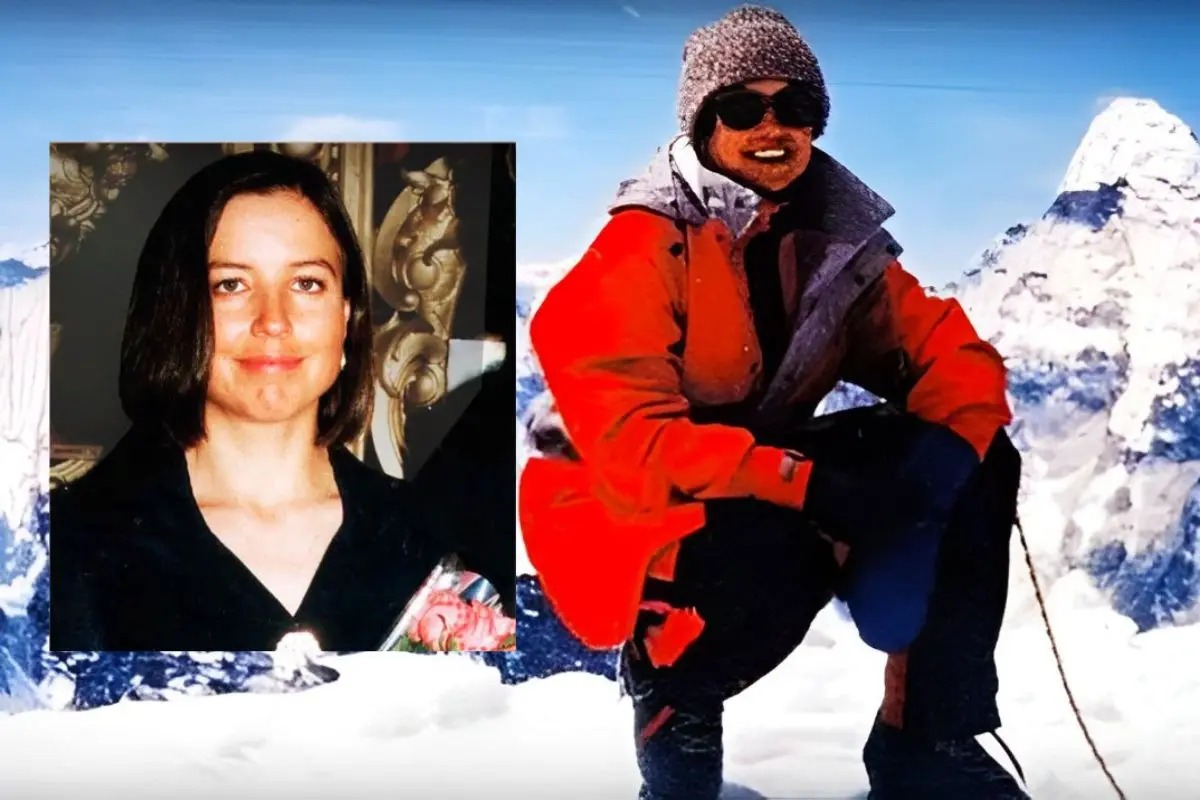
Hisashi Ouchi is a name that resonates with one of the most tragic nuclear accidents in history. On September 30, 1999, Ouchi, a technician at the Tokaimura nuclear plant in Japan, was exposed to a massive dose of radiation due to a criticality accident. This incident led to severe radiation burns and extensive damage to his internal organs. Despite the best efforts of medical professionals, Ouchi endured 83 days of unimaginable suffering before succumbing to his injuries. His story is a stark reminder of the dangers associated with nuclear energy and the importance of stringent safety protocols. Here are 30 facts about Hisashi Ouchi that shed light on his life, the accident, and its aftermath.
The Tragic Incident
Hisashi Ouchi's story is one of the most harrowing in nuclear history. His experience sheds light on the dangers of nuclear energy and the importance of safety protocols.
- Hisashi Ouchi was a technician at the Tokaimura nuclear facility in Japan.
- On September 30, 1999, he was exposed to a massive dose of radiation during a criticality accident.
- The accident occurred when a mixture of uranium solution reached a critical mass, causing an uncontrolled nuclear chain reaction.
- Ouchi received an estimated dose of 17 sieverts of radiation, far exceeding the lethal dose of 5 sieverts.
- The radiation exposure caused severe damage to his internal organs and skin.
Medical Response
The medical response to Hisashi Ouchi's condition was unprecedented. Doctors and nurses worked tirelessly to save his life, despite the overwhelming odds.
- Ouchi was immediately transferred to the University of Tokyo Hospital for specialized treatment.
- He was placed in a sterile room to prevent infections due to his compromised immune system.
- Doctors used experimental treatments, including stem cell transplants, to try to regenerate his damaged tissues.
- Despite their efforts, Ouchi's condition continued to deteriorate.
- He suffered from severe burns, organ failure, and a complete loss of white blood cells.
The Struggle for Survival
Hisashi Ouchi's fight for survival was both heartbreaking and inspiring. His story highlights the resilience of the human spirit in the face of unimaginable suffering.
- Ouchi remained conscious for several weeks after the accident, enduring excruciating pain.
- He communicated with his family and medical staff, expressing his desire to live.
- His condition required constant medical intervention, including blood transfusions and dialysis.
- Despite his deteriorating health, Ouchi's family and medical team remained hopeful.
- His story captured the attention of the media and the public, sparking debates about nuclear safety.
Ethical Dilemmas
The case of Hisashi Ouchi raised numerous ethical questions about medical treatment and the prolongation of life in extreme circumstances.
- Some medical professionals questioned the decision to continue aggressive treatment despite Ouchi's grim prognosis.
- The ethical dilemma centered around the balance between preserving life and preventing unnecessary suffering.
- Ouchi's family faced difficult decisions regarding his care and treatment options.
- The case prompted discussions about the need for clear guidelines in similar situations.
- It also highlighted the importance of patient autonomy and informed consent.
The Aftermath
The aftermath of Hisashi Ouchi's ordeal had far-reaching implications for nuclear safety and medical ethics. His story continues to resonate with those who study nuclear accidents and their consequences.
- Ouchi's death on December 21, 1999, marked the end of his 83-day struggle.
- The Tokaimura accident led to significant changes in Japan's nuclear safety regulations.
- The incident prompted a reevaluation of safety protocols and emergency response procedures.
- It also underscored the need for better training and oversight in nuclear facilities.
- Ouchi's case remains a poignant reminder of the potential dangers of nuclear energy.
Legacy and Lessons
Hisashi Ouchi's legacy is one of caution and reflection. His story serves as a powerful reminder of the importance of safety and preparedness in the nuclear industry.
- The Tokaimura accident is often cited in discussions about nuclear safety and risk management.
- Ouchi's experience has been studied by medical professionals to improve treatment for radiation exposure.
- His story has been featured in documentaries, books, and academic papers.
- The lessons learned from the Tokaimura accident continue to shape policies and practices in the nuclear industry.
- Hisashi Ouchi's tragic experience remains a testament to the need for vigilance and responsibility in handling nuclear materials.
Final Thoughts on Hisashi Ouchi
Hisashi Ouchi's story is a stark reminder of the dangers of nuclear energy. His exposure to extreme radiation during the Tokaimura nuclear accident in 1999 led to unprecedented medical challenges. Despite the best efforts of doctors, his body couldn't recover from the severe damage. Ouchi's ordeal highlighted the need for stringent safety protocols in nuclear facilities. His case also sparked debates about medical ethics, as he was kept alive for 83 days despite immense suffering. This tragic incident serves as a cautionary tale for the nuclear industry and underscores the importance of safety and preparedness. Remembering Ouchi's story helps us understand the potential risks associated with nuclear energy and the human cost of accidents. His legacy is a call to action for better safety measures and ethical considerations in medical treatment.
Was this page helpful?
Our commitment to delivering trustworthy and engaging content is at the heart of what we do. Each fact on our site is contributed by real users like you, bringing a wealth of diverse insights and information. To ensure the highest standards of accuracy and reliability, our dedicated editors meticulously review each submission. This process guarantees that the facts we share are not only fascinating but also credible. Trust in our commitment to quality and authenticity as you explore and learn with us.


